FTC Disclosure Statement
If you're the kind of person who would be shocked to discover that celebrities are paid for their endorsements in late-night infomercials, or would be horrified to discover that Google Ads are advertisements and Amazon product links have to do with selling products, then the Federal Trade Commission is stepping up to protect you -- from evil bloggers!
Yes, the FTC has issued Guides Concerning the Use of Endorsements and Testimonials in Advertising (PDF), imposing new rules and "guides" as of December 1, 2009.
While most of the 81-page document is concerned with claims made by advertisers and celebrity endorsers, the federal government also worries about Mommy bloggers: "... an individual who regularly receives free samples of products for families with young children and discusses those products on his or her blog would likely have to disclose that he or she received for free the items being recommended."
However, the guidance in this document is provided in the form of examples of situations that could trigger disclosure, omitting both clear, specific requirements and any discussion of the form of such disclosure. Sigh.
(Interestingly, the FTC is not concerned about such reviews in what it calls "traditional media" -- so newspapers, magazines, and television and radio stations can continue to enjoy press junkets without government supervision. Mommy bloggers are much more dangerous!)
 So, while I've been clear about describing my background and industry relationships on my Manifest Technology website (and associated Manifest Tech blog), I'll take an extra step here in a FTC Disclosure Statement. In general, while I'd prefer that you not consider me as on the take, you should assume that companies have provided samples of many of the products that I discuss on my site.
So, while I've been clear about describing my background and industry relationships on my Manifest Technology website (and associated Manifest Tech blog), I'll take an extra step here in a FTC Disclosure Statement. In general, while I'd prefer that you not consider me as on the take, you should assume that companies have provided samples of many of the products that I discuss on my site.
Bottom line: I look at lots of products. You should expect that many are provided by companies for this purpose. I also receive various food, tchotchkes, and other swag at various industry and press events. I don't profit from these. I have other long-term relationships and occasional business relationships with some companies, which have been explicitly disclosed on this site (when not confidential). And in case you haven't noticed, I use Google Ads and Amazon affiliate links on the site to help defray my costs.
Yeesh! Do you feel safer now?
In case you missed the link above, click here for full FTC Disclosure Statement

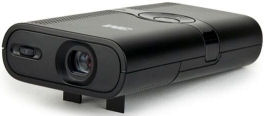 What you need, then, is your own pocket-size projector like the second-generation
What you need, then, is your own pocket-size projector like the second-generation  Sorenson Squeeze version 6 was released in November, and expands Squeeze into a "total workflow solution for video professionals" -- to not only encode and publish video files on the Internet, but now with email and text notifications of job completion and an integrated review and approval process.
Sorenson Squeeze version 6 was released in November, and expands Squeeze into a "total workflow solution for video professionals" -- to not only encode and publish video files on the Internet, but now with email and text notifications of job completion and an integrated review and approval process. 
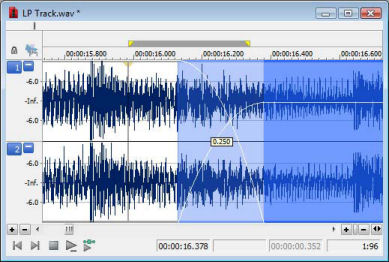
 So, for example, you can leverage the converged and connected smartphone platform by first removing the phone part of a smartphone, and keeping the connectivity (though Wi-Fi) and the apps -- as in the Apple iPod touch. But then take another step to enlarge the screen a bit, to more like 5 inches, and you get a much improved viewing experience in a device that is still pocketable -- like the recently released
So, for example, you can leverage the converged and connected smartphone platform by first removing the phone part of a smartphone, and keeping the connectivity (though Wi-Fi) and the apps -- as in the Apple iPod touch. But then take another step to enlarge the screen a bit, to more like 5 inches, and you get a much improved viewing experience in a device that is still pocketable -- like the recently released 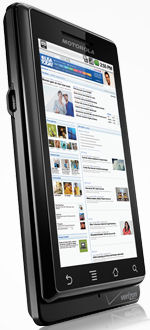 Verizon Wireless has released a new software update for the
Verizon Wireless has released a new software update for the 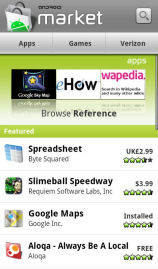 On the Droid phone itself, the Android Market application provides a great interface to browse and search the available applications, in different categories, and just the paid or free apps.
On the Droid phone itself, the Android Market application provides a great interface to browse and search the available applications, in different categories, and just the paid or free apps.  So, I wanted to talk about the
So, I wanted to talk about the  For example, the
For example, the  But the Droid phone has another hardware component that can be used for lighting -- the LED flash light next to the camera lens on the back of the phone.
But the Droid phone has another hardware component that can be used for lighting -- the LED flash light next to the camera lens on the back of the phone.  Another fun flash-light app to brighten up the Droid screen in a different way is
Another fun flash-light app to brighten up the Droid screen in a different way is 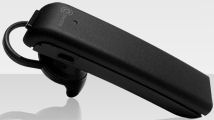 The design of the Sound ID 400 Headset is very clean -- slim and light (under (0.28 ounces).
The design of the Sound ID 400 Headset is very clean -- slim and light (under (0.28 ounces).  The separate Sound ID Remote Microphone is the same size and shape, but designed as a clip-on device to boost the sound during a conversation, or from a sound source across the room. The Bluetooth connection works up to 30 feet line of sight, or less though ceilings and walls.
The separate Sound ID Remote Microphone is the same size and shape, but designed as a clip-on device to boost the sound during a conversation, or from a sound source across the room. The Bluetooth connection works up to 30 feet line of sight, or less though ceilings and walls. In comparison to the low-profile design of the Sound ID 400 (see
In comparison to the low-profile design of the Sound ID 400 (see 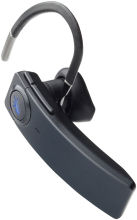 The BlueAnt Q1 Bluetooth headset is voice controlled -- It provides voice prompts instead of beeps for feedback -- and responds to over 20 spoken commands. When you receive a call, the Q1 reads the number to you, and then asks for your command to "Answer" or "Ignore" the call.
The BlueAnt Q1 Bluetooth headset is voice controlled -- It provides voice prompts instead of beeps for feedback -- and responds to over 20 spoken commands. When you receive a call, the Q1 reads the number to you, and then asks for your command to "Answer" or "Ignore" the call. 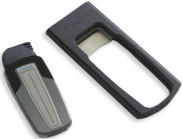 - MoGo Talk for VOIP & Skype ($99) snaps into a small Express Card 34 charging adapter, to store and charge in your notebook's Express Card 34 or Express Card 54 slot.
- MoGo Talk for VOIP & Skype ($99) snaps into a small Express Card 34 charging adapter, to store and charge in your notebook's Express Card 34 or Express Card 54 slot.  The dual-screen
The dual-screen  The new
The new  For example,
For example, 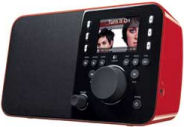
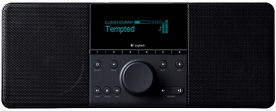
 But in these days of smarter devices, why not cram all this functionality -- and more -- into the camera itself, as a stand-along device like the
But in these days of smarter devices, why not cram all this functionality -- and more -- into the camera itself, as a stand-along device like the